Many Adafruit Feather boards are capable of simulating USB HID devices, like keyboards and mice. So why not have a shield that makes it easy to add a small macro keyboard to your computer? Or, you know, a set or really nice buttons with color LEDs to your project.
Keys FeatherWing
A FeatherWing with three keyboard keys.
 deʃhipu
deʃhipu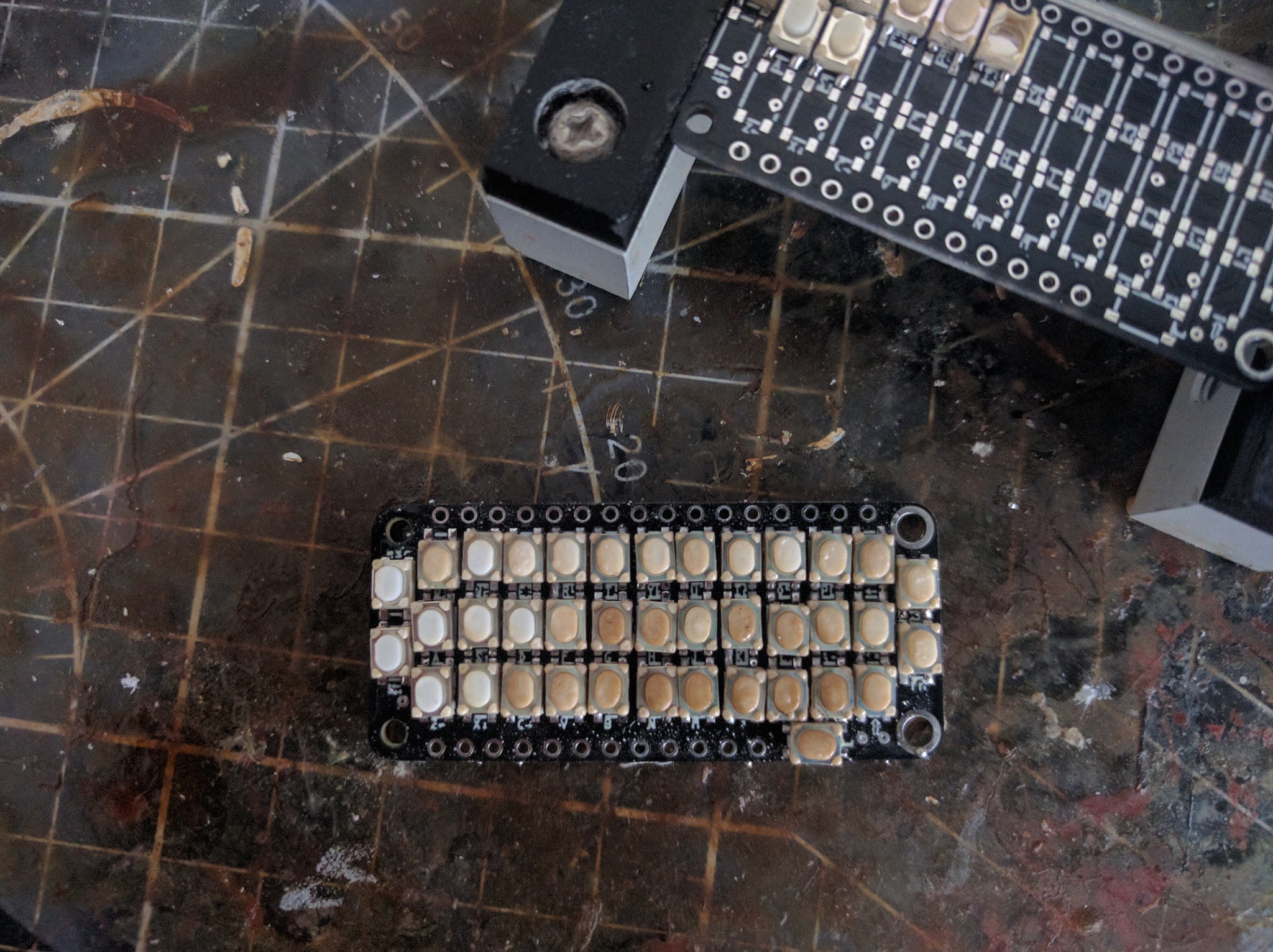
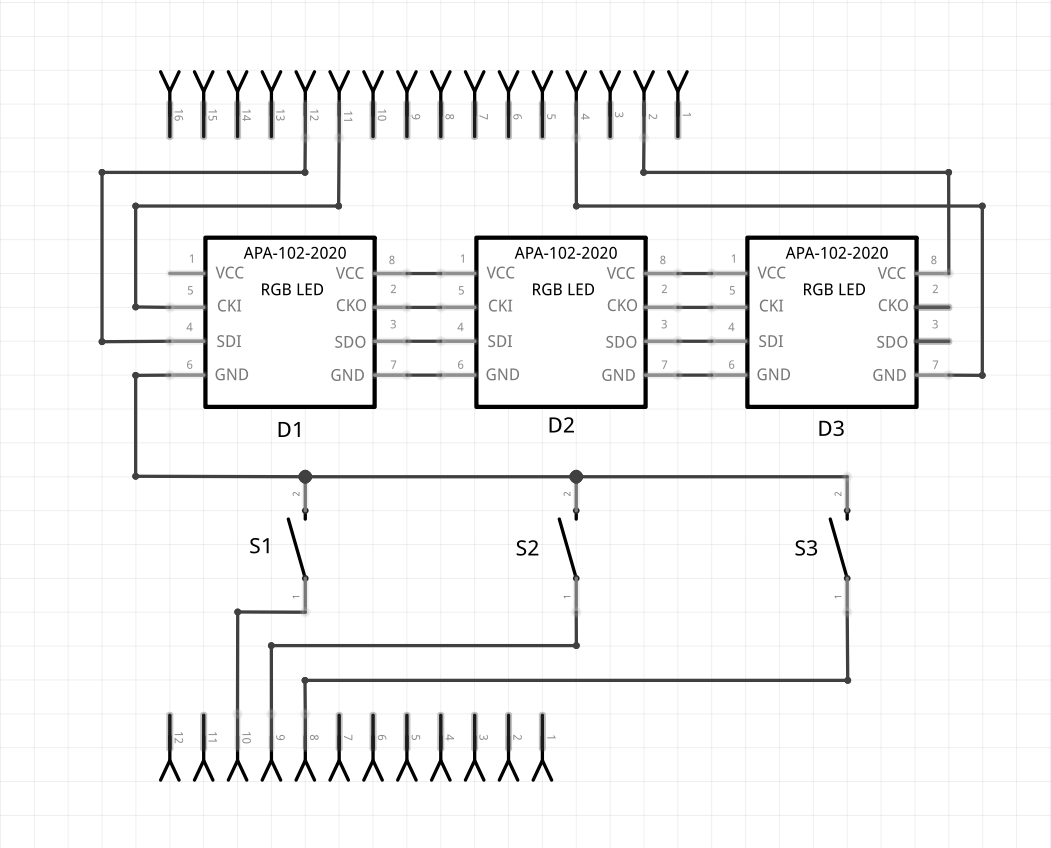
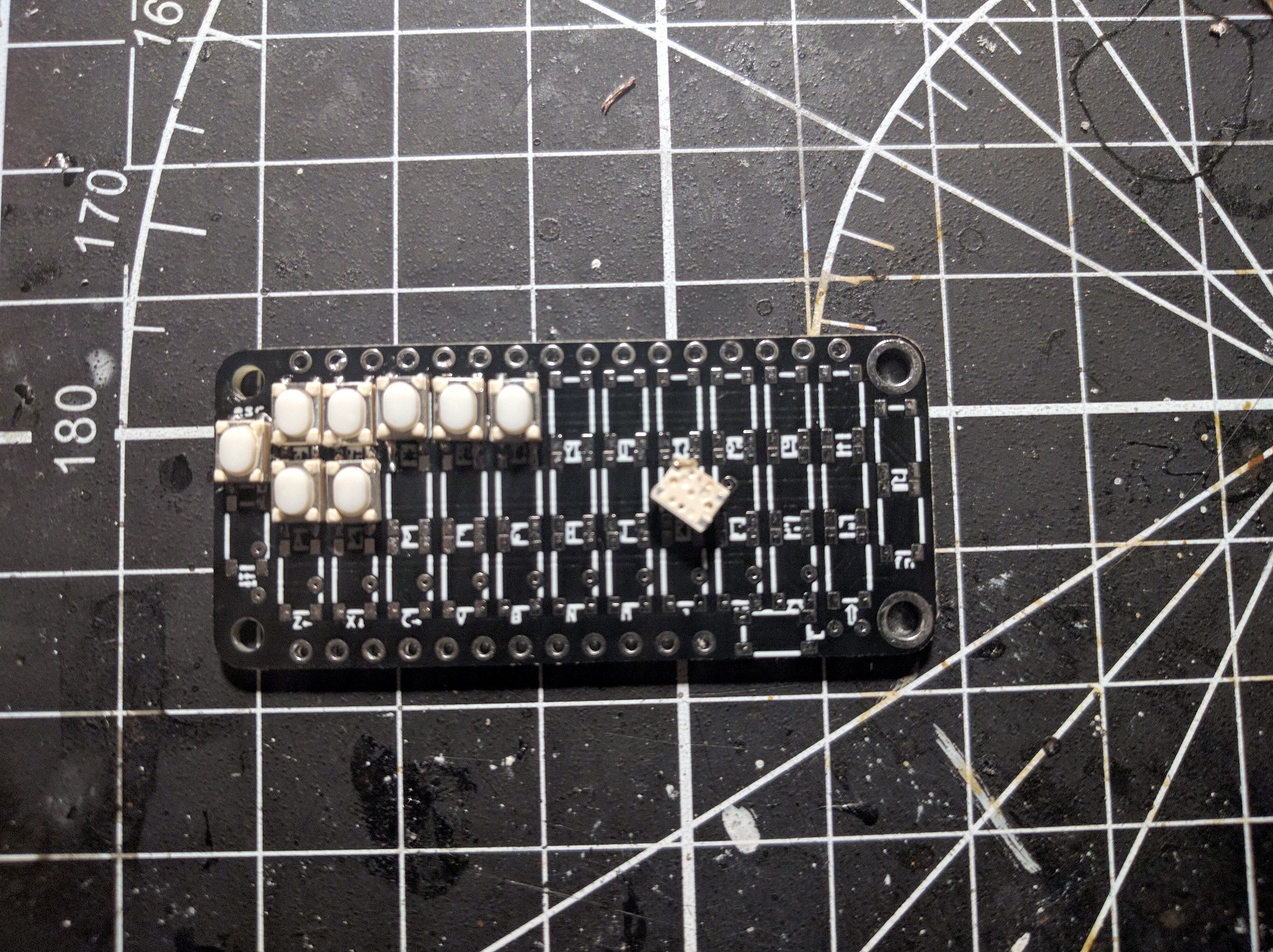
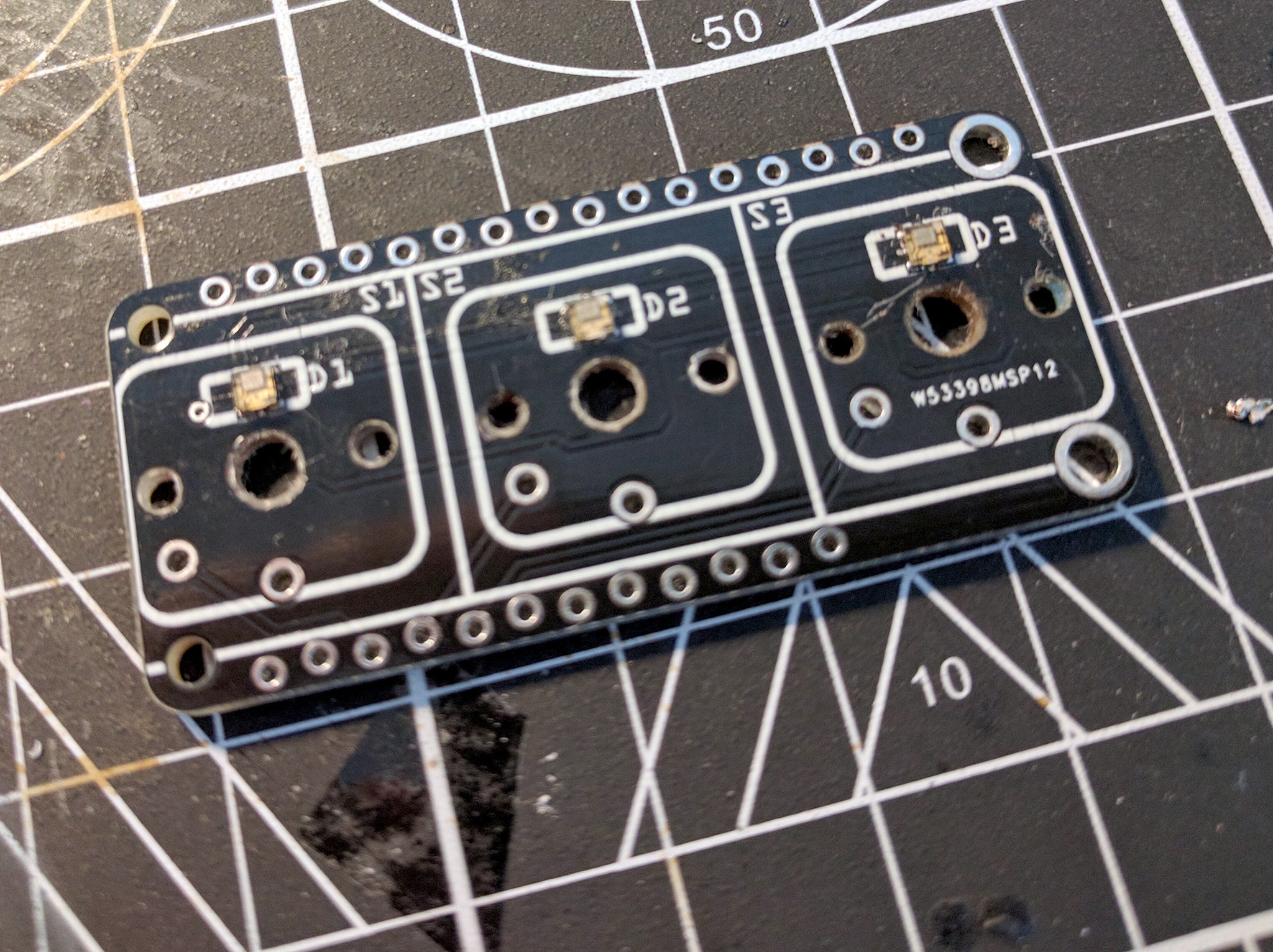
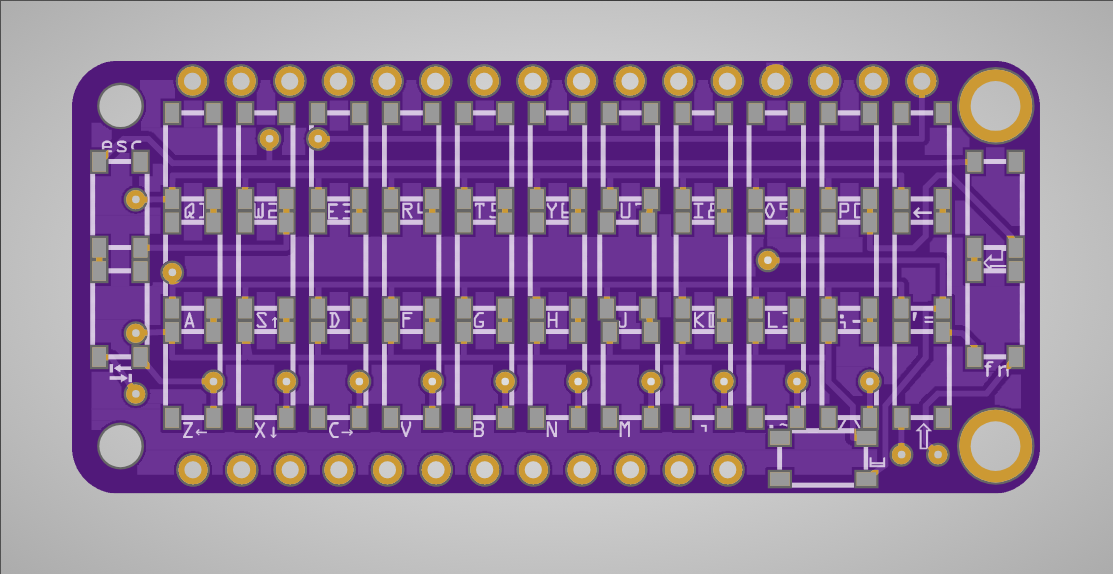
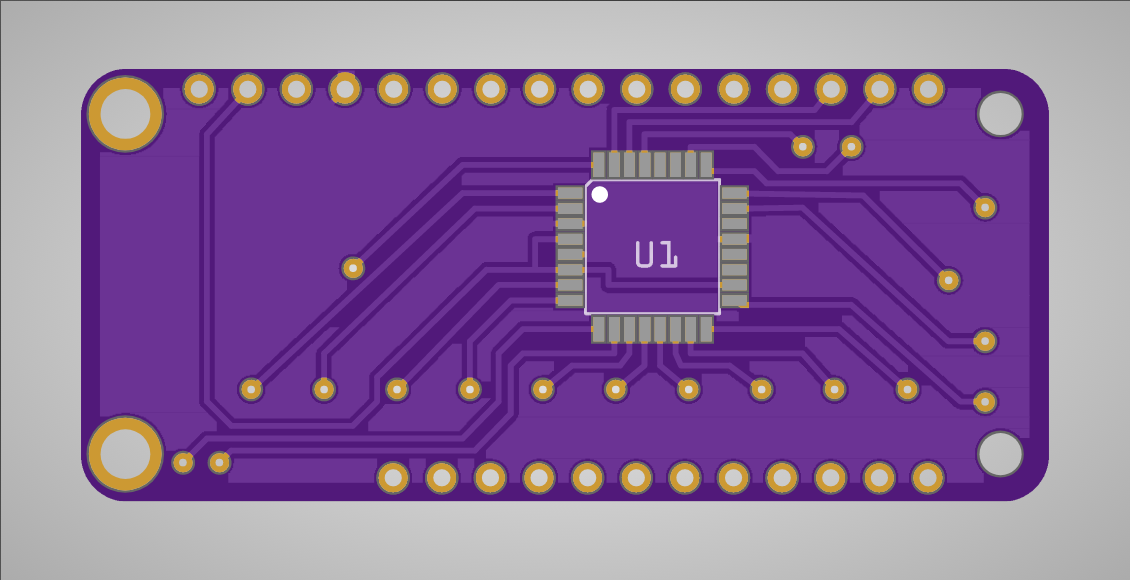
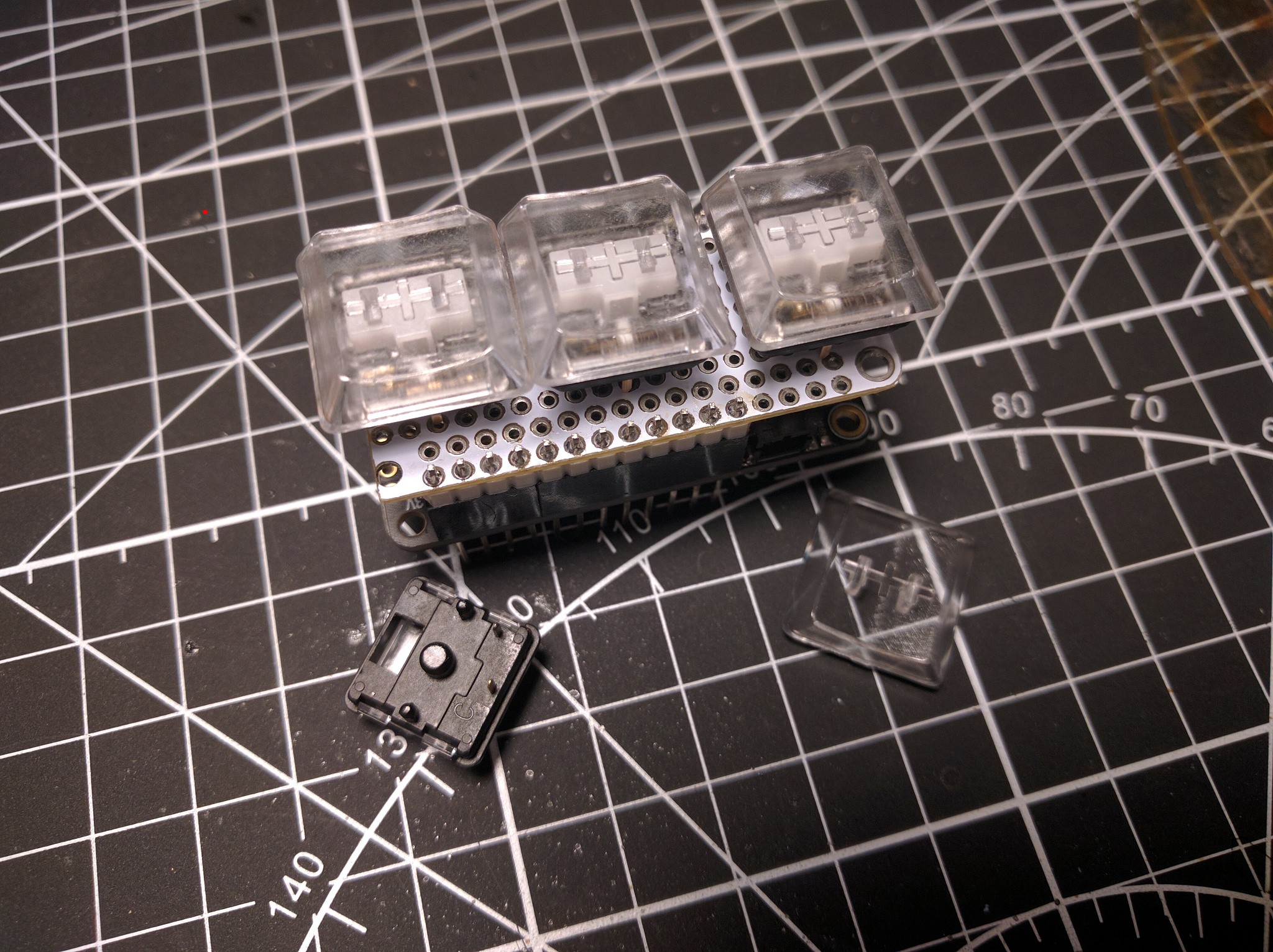
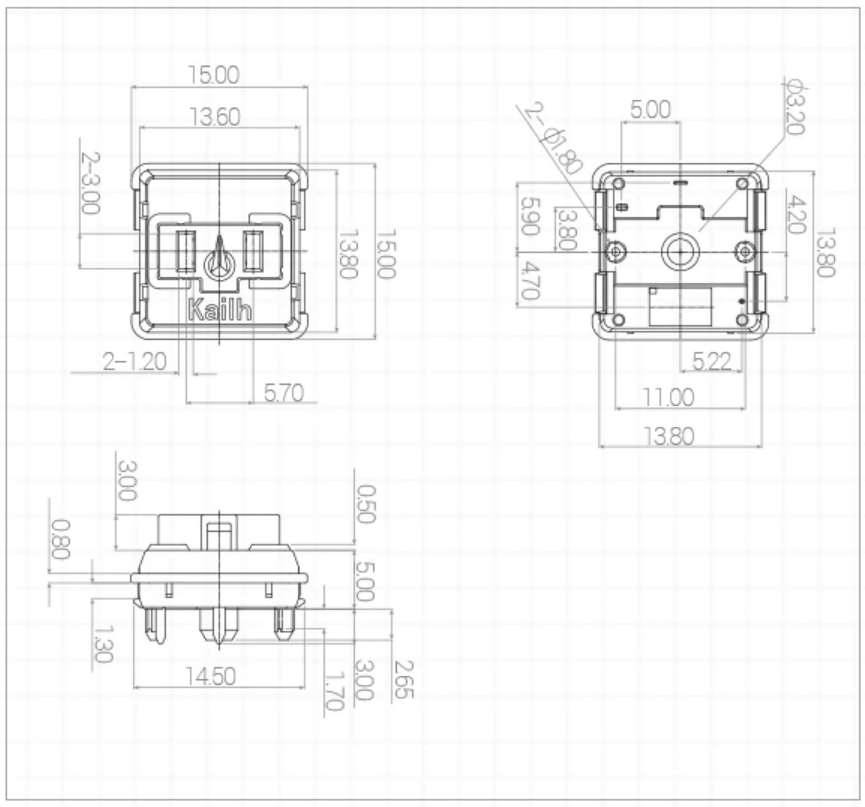
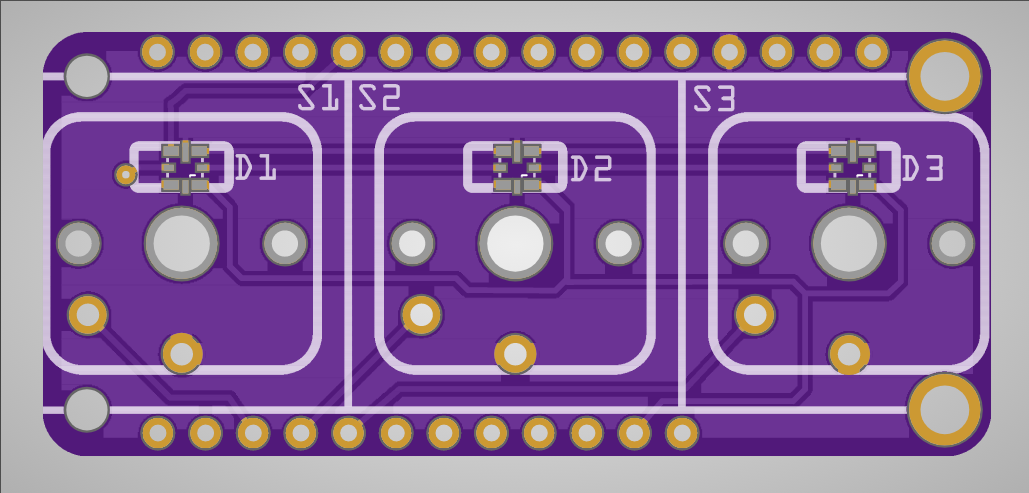



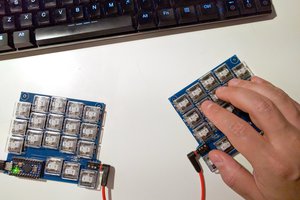
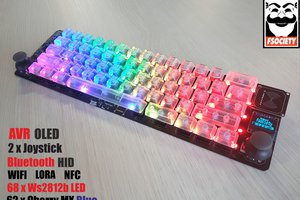
 Pamungkas Sumasta
Pamungkas Sumasta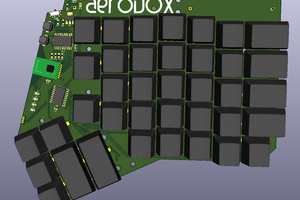
 Simon Merrett
Simon Merrett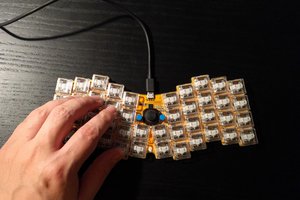
Lepiej dodaj po prostu wyświetlacz e-ink dla każdego klawisza